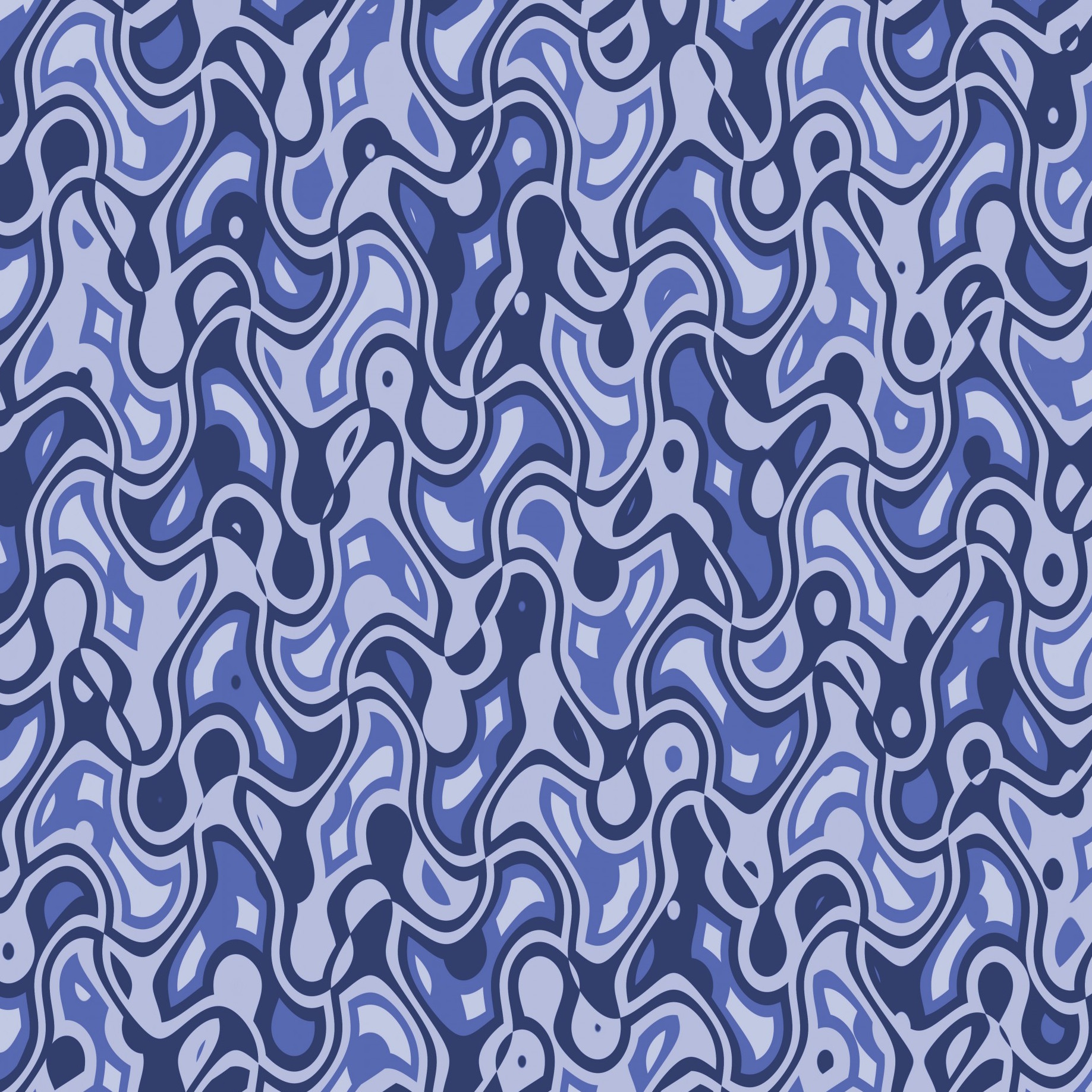Our Task
The primary goal of this project is to use past purchases and browsing history in order to predict which coupons a customer would buy in a given period of time. Our secondary goal is to perform an exploratory data analysis on the transactional data for 22,873 users on Ponpare, which is a leading Japanese coupon site. We are building a Recommender System, which is analogous to Collaborative Filtering. Recommender systems are very common today, especially for online shopping and video streaming services. Technology giants like Amazon, Spotify, Netflix rely on recommendation systems for a large portion of their revenue. Websites with the best recommendations will have the most customer satisfaction and retention. And they help customers find products they may enjoy as well as limiting their exposure to products they don't want to see.
Learn more

